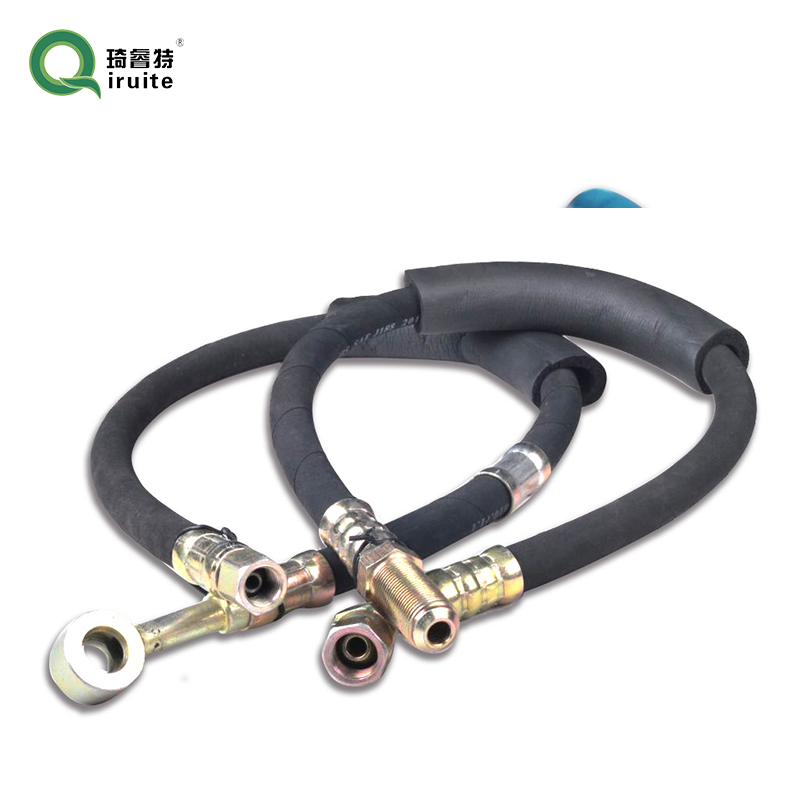Replacement Power Steering Hose Options for Honda Pilot to Ensure Smooth Steering Performance
Understanding the Importance of the Honda Pilot Power Steering Hose
The Honda Pilot, a popular midsize SUV, is renowned for its reliability, spaciousness, and advanced features. Among the many components that ensure its performance and safety, the power steering system plays a pivotal role. At the heart of this system is the power steering hose, a crucial element that often goes unnoticed until a problem arises. In this article, we will explore the significance of the power steering hose in the Honda Pilot, how it functions, common issues, and maintenance tips.
What is the Power Steering Hose?
The power steering hose is an integral part of the vehicle’s power steering system, responsible for transporting hydraulic fluid from the power steering pump to the steering gear. This fluid creates the necessary pressure to assist the driver in steering the vehicle with ease, enhancing maneuverability and comfort, especially in larger vehicles like the Honda Pilot.
The power steering system generally comprises two types of hoses the high-pressure hose and the low-pressure return hose. The high-pressure hose delivers fluid under pressure from the pump to the steering gear, while the low-pressure hose returns the fluid back to the pump after it has completed its work.
How Does the Power Steering Hose Work?
When you turn the steering wheel, the steering pump generates hydraulic pressure that is transmitted through the power steering hose. This pressurized fluid enters the steering gear, facilitating easier turning of the wheels. Particularly in situations requiring sharp turns or sudden steering adjustments, the power steering system allows for smooth, controlled movements, effectively reducing the physical effort needed by the driver.
Common Issues with Power Steering Hoses
Over time, power steering hoses can develop issues that may compromise the effectiveness of the steering system. Two typical problems include leaks and wear and tear.
honda pilot power steering hose

1. Leaks One of the most common issues is fluid leakage from the power steering hose. This can occur due to cracks, holes, or degradation of the rubber material. A leak not only reduces the effectiveness of the power steering system but can also lead to a complete failure of the steering mechanism if not addressed promptly.
2. Wear and Tear Continuous usage leads to wear and fatigue of the hoses. Exposure to heat, dirt, and oil can deteriorate the rubber, making it brittle and prone to damage. Routine inspections are essential to identify any signs of wear early on.
Maintenance Tips
To ensure the longevity and optimal performance of the power steering hose in your Honda Pilot, consider the following maintenance tips
- Regular Inspections Periodically check the hoses for any visible signs of wear, such as cracks, bulges, or leaks. Make it a habit to inspect the power steering fluid reservoir as well.
- Fluid Checks Regularly check the power steering fluid level and condition. Dark or contaminated fluid can indicate a problem. If the fluid is low, it's necessary to identify the source of the leak.
- Professional Service If you notice any issues, it’s advisable to seek professional assistance promptly. A certified mechanic can assess the power steering system, replace any faulty hoses, and ensure everything is functioning efficiently.
Conclusion
In summary, the power steering hose in the Honda Pilot is a vital component that contributes significantly to the driving experience. Understanding its function and potential issues can help drivers maintain their vehicles better and ensure a safe, enjoyable ride. Regular maintenance and prompt attention to any symptoms of trouble will not only extend the lifespan of the power steering system but also enhance the overall performance of the Honda Pilot. Keep your steering smooth and your ride enjoyable by taking good care of this unsung hero of vehicle control.
-
Ultimate Spiral Protection for Hoses & CablesNewsJun.26,2025
-
The Ultimate Quick-Connect Solutions for Every NeedNewsJun.26,2025
-
SAE J1401 Brake Hose: Reliable Choice for Safe BrakingNewsJun.26,2025
-
Reliable J2064 A/C Hoses for Real-World Cooling NeedsNewsJun.26,2025
-
Heavy-Duty Sewer Jetting Hoses Built to LastNewsJun.26,2025
-
Fix Power Steering Tube Leaks Fast – Durable & Affordable SolutionNewsJun.26,2025

